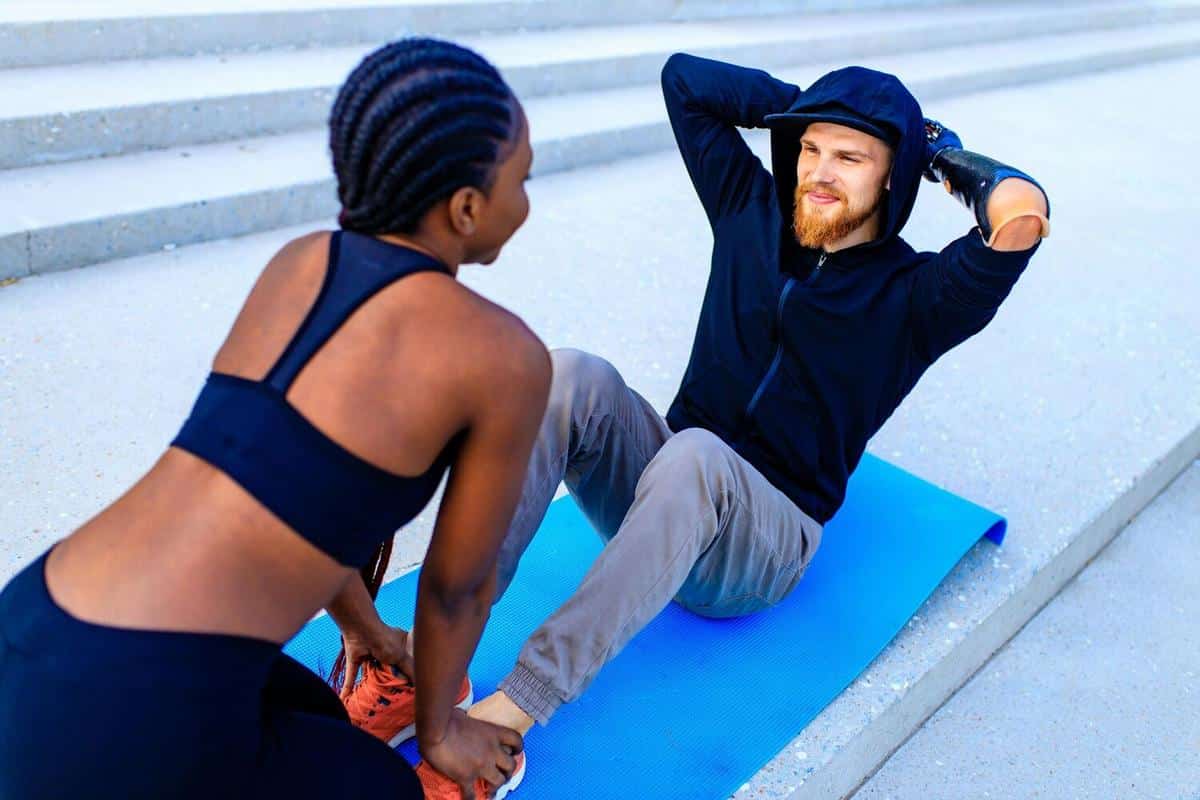
Exploring the Benefits of Functional Fitness
Functional fitness is gaining traction as more people recognize its practical benefits for everyday life. This approach to exercise emphasizes movements that mirror real-life activities, leading to improved overall functionality and well-being.
Understanding Functional Fitness
Functional fitness focuses on training the body for the activities performed in daily life. Unlike traditional gym workouts that isolate specific muscle groups, functional fitness involves compound movements that engage multiple muscles simultaneously. This method enhances core stability, balance, and coordination.
Expert Insights
According to Dr. Emily Splichal, a podiatrist and human movement specialist, “Functional fitness is about preparing your body to handle real-life situations with ease.” This approach not only supports physical health but also contributes to mental well-being by reducing stress and increasing confidence in daily activities.
Research Findings
Research from the American Council on Exercise highlights that functional training can lead to a 30% improvement in balance and a 25% increase in strength. These benefits are particularly significant for older adults looking to maintain independence and prevent falls.
A Real-Life Example
Consider Mark, a 45-year-old office worker who transitioned to functional fitness. Initially skeptical, he found that incorporating exercises like squats, lunges, and push-ups improved his posture and alleviated chronic back pain. This transformation not only enhanced his physical health but also his productivity at work.
Actionable Tips
- Start with body-weight exercises like squats and lunges to build strength and stability.
- Incorporate balance exercises such as single-leg stands into your routine.
- Gradually add resistance with weights or resistance bands to challenge your muscles further.
- Focus on proper form to maximize benefits and prevent injury.
To enhance your functional fitness, include exercises that mimic everyday activities, such as lifting groceries or reaching for high shelves. This approach ensures your workouts are directly applicable to your daily life.
Comparison Table: Functional Fitness vs Traditional Fitness
| Aspect | Functional Fitness | Traditional Fitness |
|---|---|---|
| Movement Type | Compound | Isolated |
| Focus | Balance & Coordination | Muscle Strength |
| Equipment | Minimal | Machines & Weights |
| Goal | Everyday Functionality | Muscle Building |
| Flexibility | Improved | Variable |
| Core Engagement | High | Low |
| Suitability | All Ages | Varies |
| Injury Prevention | Higher | Lower |
Frequently Asked Questions
What is functional fitness?
Functional fitness involves exercises that train your muscles to work together, preparing them for daily tasks by simulating common movements.
Who can benefit from functional fitness?
Everyone, from athletes to seniors, can benefit from functional fitness as it enhances strength, balance, and coordination.
How often should I do functional fitness workouts?
Incorporating functional exercises into your routine two to three times a week can yield significant benefits.
Conclusion
Exploring functional fitness offers a pathway to improved health and quality of life. By focusing on movements that enhance everyday functionality, you can achieve greater strength, flexibility, and balance. Embrace this practical approach to fitness and enjoy the benefits it brings to your daily activities.


